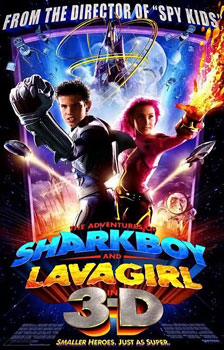Well, the little one will soon enter first grade... at her fourth school.
She spent a year in the "kinderhale" program at the local Waldorf school (that's Rudolf Steiner to you Europeans) as a 4-year-old. Then a semester of Kindergarten at Voyager Charter School in Honolulu, and the second semester of Kindergarten at Chiefess Kapiolani elementary here in Hilo.
But the folks at Kapiolani told us repeatedly that we needed to get her into a better school, one that wasn't constrained so much by the Every Child Left Behind legislation, with less rigid reading and math programs and more challenges and opportunities and so on and so forth.
So we put her name on the list a couple places. Last week, one of them, Connections Charter School, called to say that sorry, there wouldn't be any space for her when school starts up in a couple more weeks. Today, they called to say that there unexpectedly would be a space.
Connections partners with the Curriculum Research and Development Group at the main campus of the state university system, and as such gets to try out the shiny new educational theories and curricula. They're one of three pilot sites for some math curriculum from Russia (it's been translated... I think!) and are also using a cutting-edge science, health and technology program.
So... she'll be a guinea pig. She'll also probably be scarily brilliant, and I hope when she takes over the galaxy she won't treat me too harshly for the times I scolded her.






